How to pot your plants
Whether indoors or outdoors, potting up your new plants is quick and easy. Here’s everything you need to know.
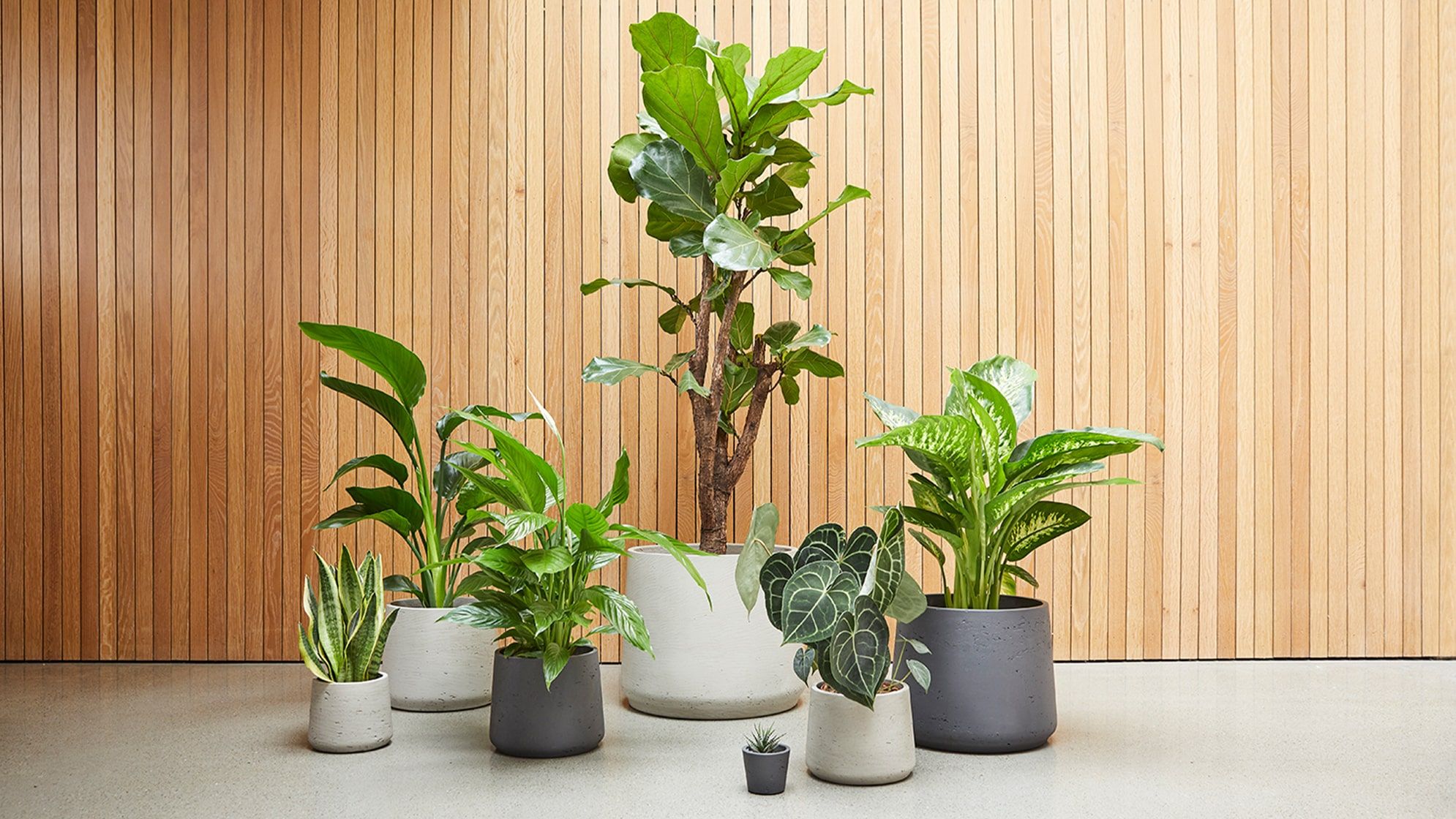
When your indoor or outdoor plant is delivered, there’s no repotting required. All you have to do is take your plant, still in its nursery pot (that’s the plastic one it arrives in), and place it in a decorative pot, as shown in the gif below. No new soil needed. No messy hands.
There are several reasons why we suggest doing this, rather than repotting directly into the decorative pot.
- Your plant has plenty of room in its nursery pot
- You can easily remove the plant from its decorative pot for watering
- It reduces the risk of overwatering
Indoor pots vs outdoor pots
What’s the difference between an indoor pot and an outdoor pot? That’s not the start of a terrible joke. There actually is a difference. Aside from sometimes different materials, the main difference between indoor and outdoor pots is that outdoor pots should have a hole in the bottom.
The simple reason for this is drainage. If your plant is sitting outside in the rain, you don’t want its pot to fill with water and drown the roots. The hole lets excess water drain off. Indoor pots tend not to have the hole, unless they also have a tray, because it would ruin your floors or surfaces.
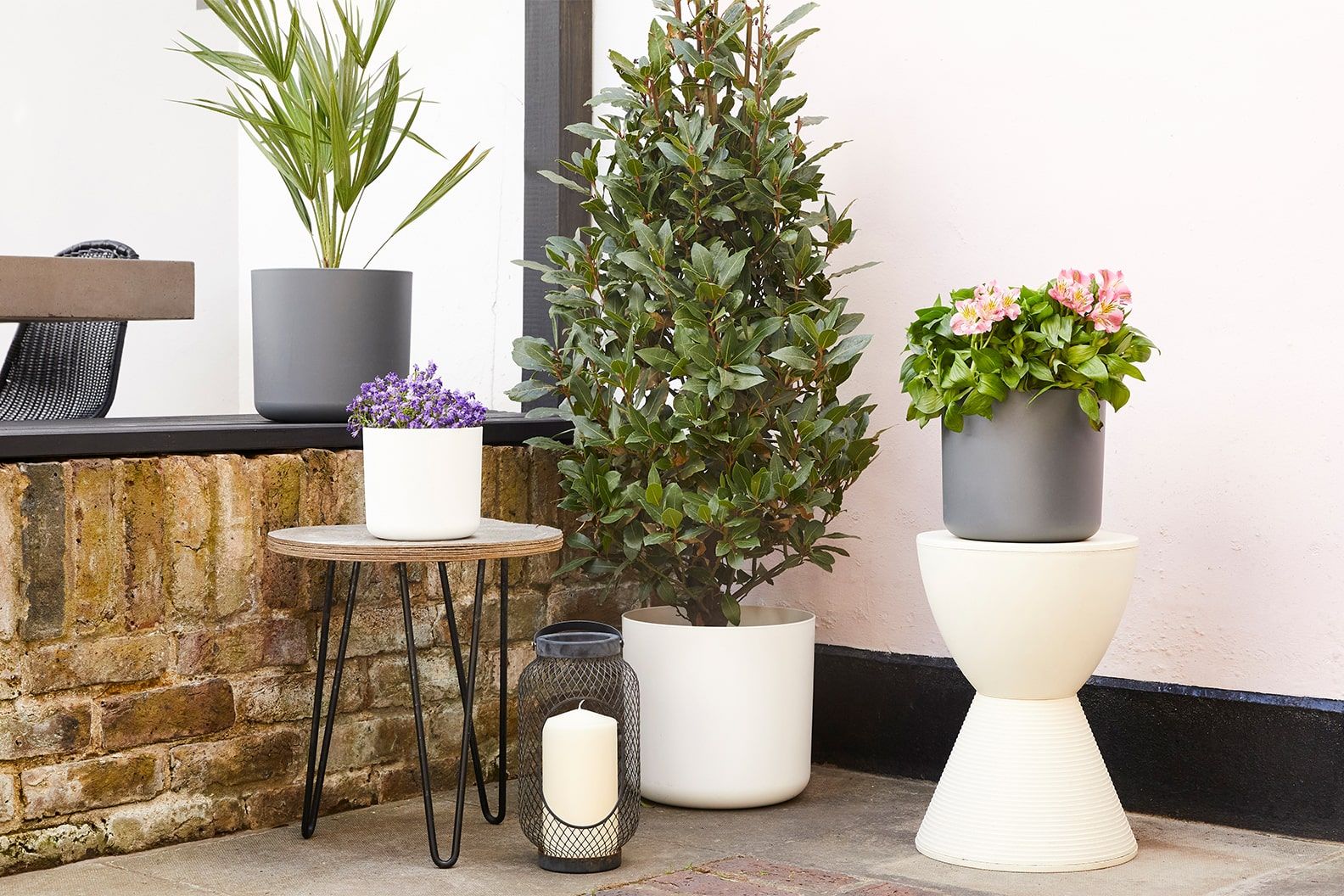
What to do if your pot doesn’t have a hole
It’s pretty simple to make an indoor pot suitable for outdoor use. There are three different methods to try:
- Carefully drill a hole in the bottom of the pot, so excess water can escape
- Place something in the bottom of the pot, e.g. stones, a brick, to lift the plant
- Empty any excess water out of the pot after heavy rain
These methods work for pots made of clay, plastic, concrete or resin composite. It’s best not to put ceramic pots outdoors, as they can break in very cold winter temperatures. If you use the drilling method, we recommend you wear goggles/glasses/a diving helmet – any eye protection you like.

In this article
Rewild your inbox
Plant tips. Special offers. No spam.
You might like
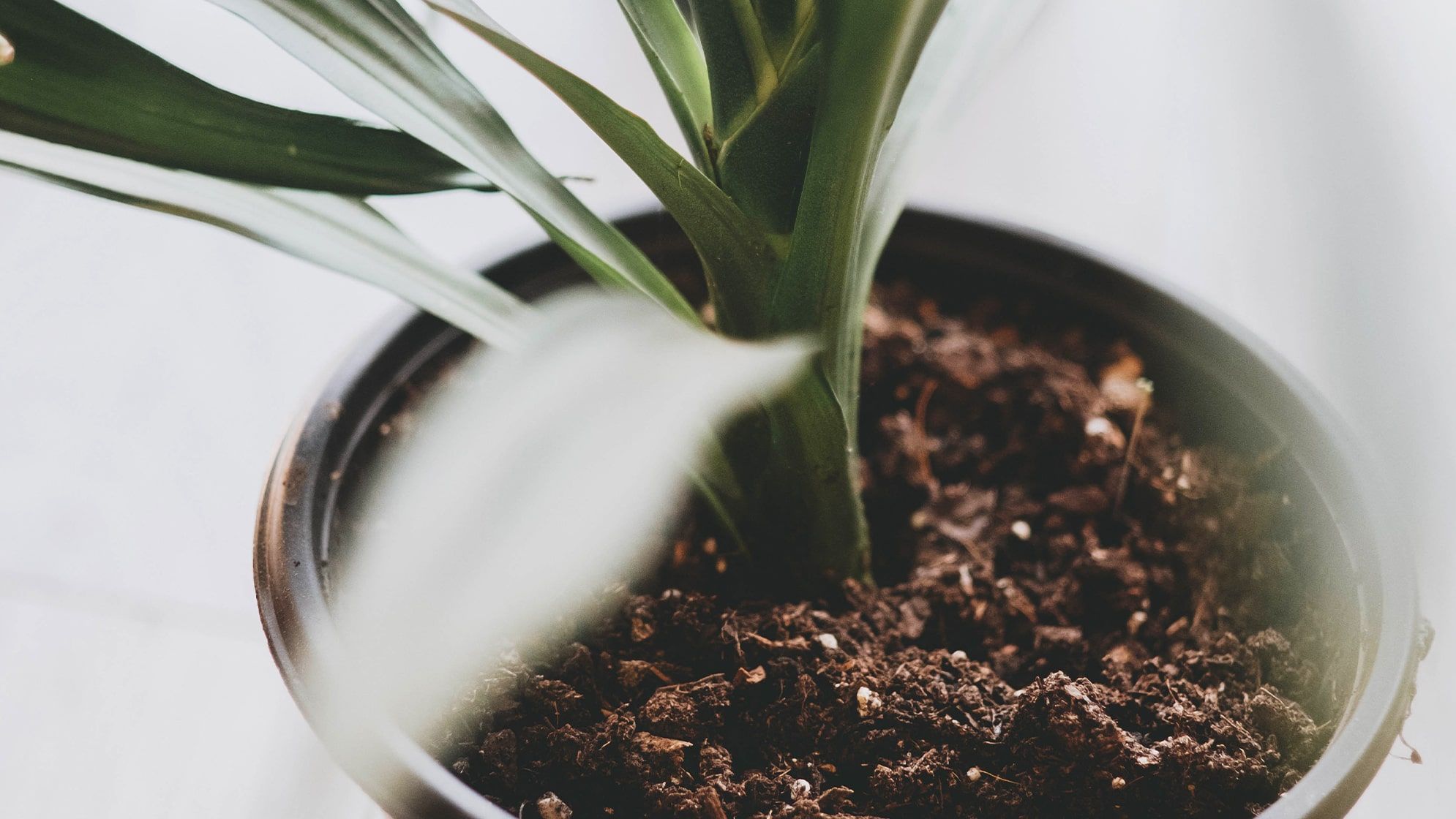
What’s in potting compost?
Get the dirt on your plant’s dirt
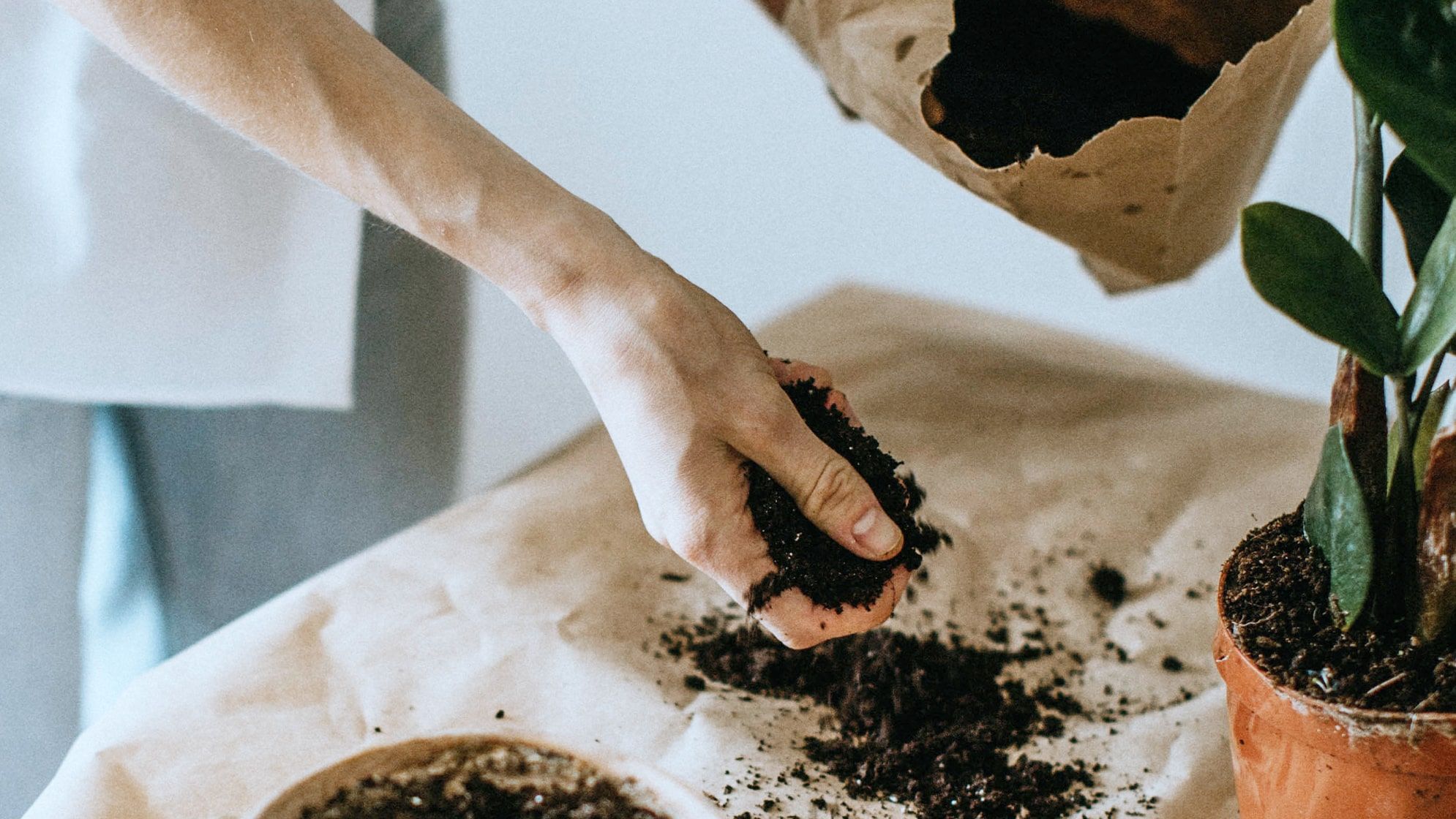
Complete guide to repotting
Learn how and when to upgrade your plant’s pot
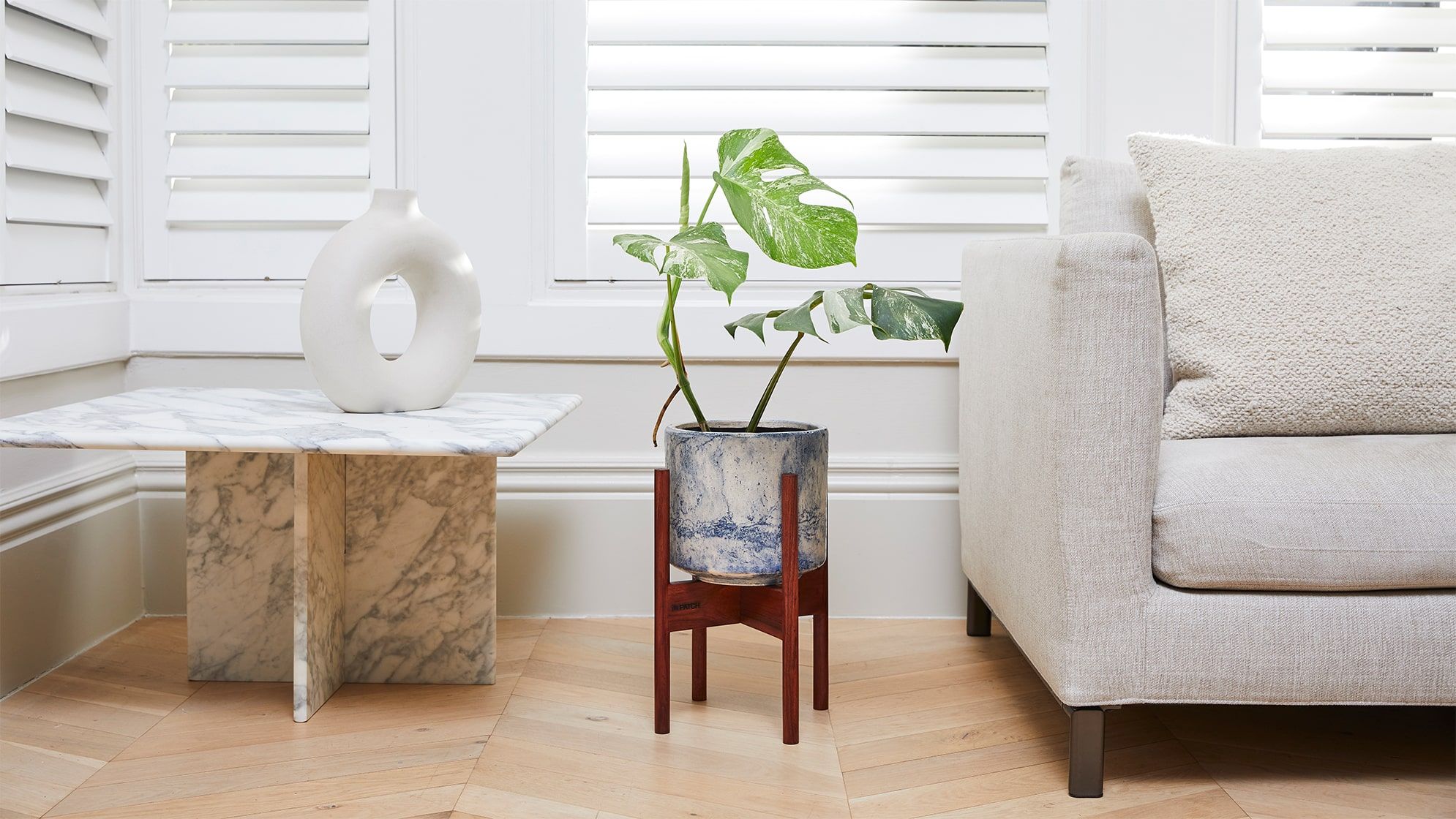
9 ways to decorate with plants
Turn your home into an indoor jungle in no time












